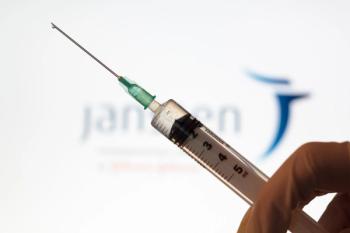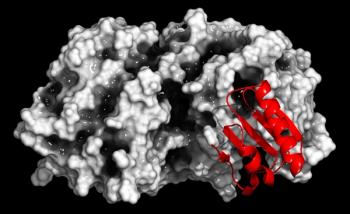
Breast Cancer Therapy Fails to Decrease Percentage of Women Not Receiving Radiation
Accelerated partial breast irradiation reduces therapy into just 5 days.
Accelerated partial breast irradiation reduces therapy into just 5 days.
Designed to be a faster, more convenient, and safer way for women with breast cancer to reduce risk of death and cancer recurrence post-surgery, accelerated partial breast irradiation has now been found to not reduce the percentage of early-stage patients not receiving the radiation treatment that could save their lives.
Accelerated partial breast irradiation was created as an alternative to traditional radiation therapy for women with breast cancer who have had a lumpectomy or other breast-conserving surgery.
Both therapies work to prevent the metastasis of cancer cells that may remain after tumor removal.
While traditional treatments can be quite rigorous, requiring weeks of daily regimens and damaging the lungs and heart, accelerated partial breast irradiation condenses therapy into just 5 days, which reduces the risk for some of the more serious toxicities and tissue damage associated with traditional approaches.
Thus, researchers believed the availability of the accelerated approach would help to decrease the percentage of women who did not receive radiation.
“The problem that [traditional] radiation therapy is a long-course treatment. Normally you see your radiation oncologist every day for 5 to 7 weeks. Each treatment is only a few minutes, but it’s not convenient at all for a lot of patients,” explained researcher Negliang (Aaron) Yao, PhD, of the University of Virginia School of Medicine’s Department of Public Health Sciences. “This new therapy is actually improving convenience and reducing toxicity, and has become more accessible over time, but you don’t see an improvement in adherence to radiation therapy after lumpectomy.”
The study authors found after looking at data from the 2014 Surveillance, Epidemiology and End Results (SEER) database that approximately 14% of early-stage breast cancer patients did not receive radiation treatment after breast conserving surgery over the course of the study period, which ran between January 2000 and June 2011.
“My conclusion is that noncompliance with adjuvant radiation is still common when the shortened radiation therapy becomes increasingly accessible,” Yao said. “We have 12 years of data. That’s enough to tell the story.”
Future studies plan to focus on the causes for stagnation in use of the accelerated treatment.
Newsletter
Stay informed on drug updates, treatment guidelines, and pharmacy practice trends—subscribe to Pharmacy Times for weekly clinical insights.














































































































































































































